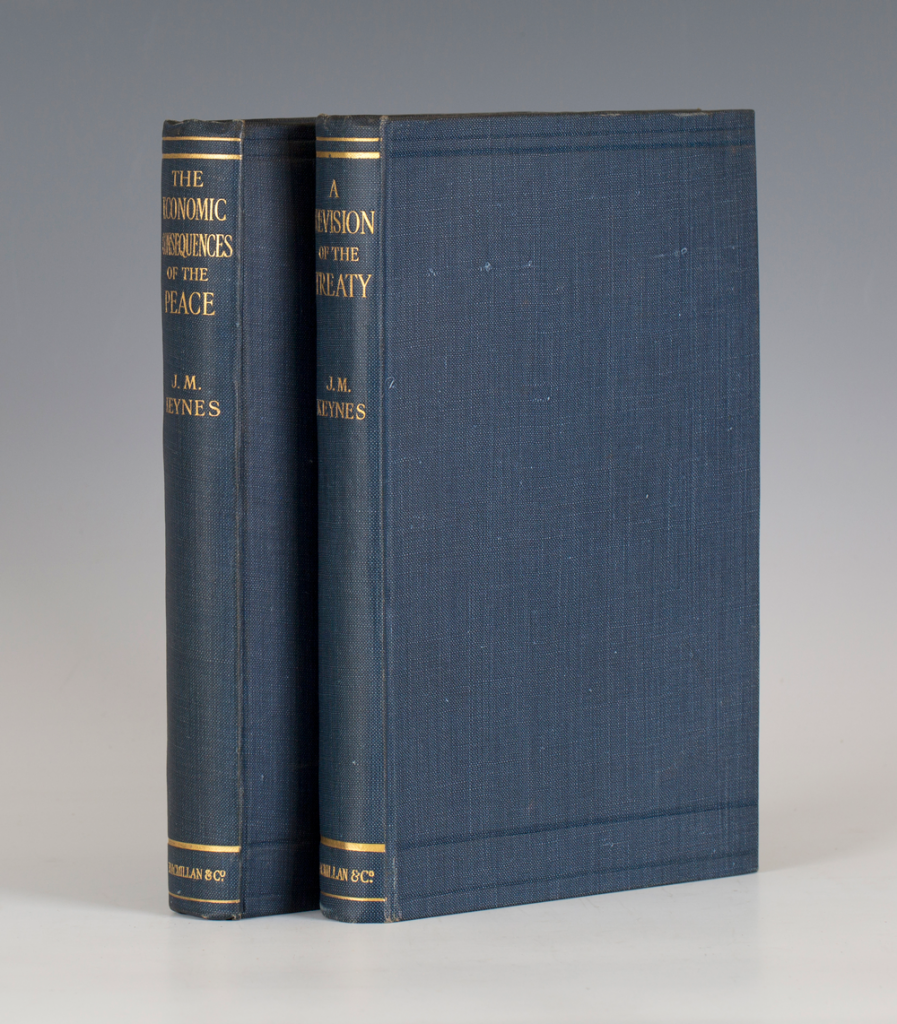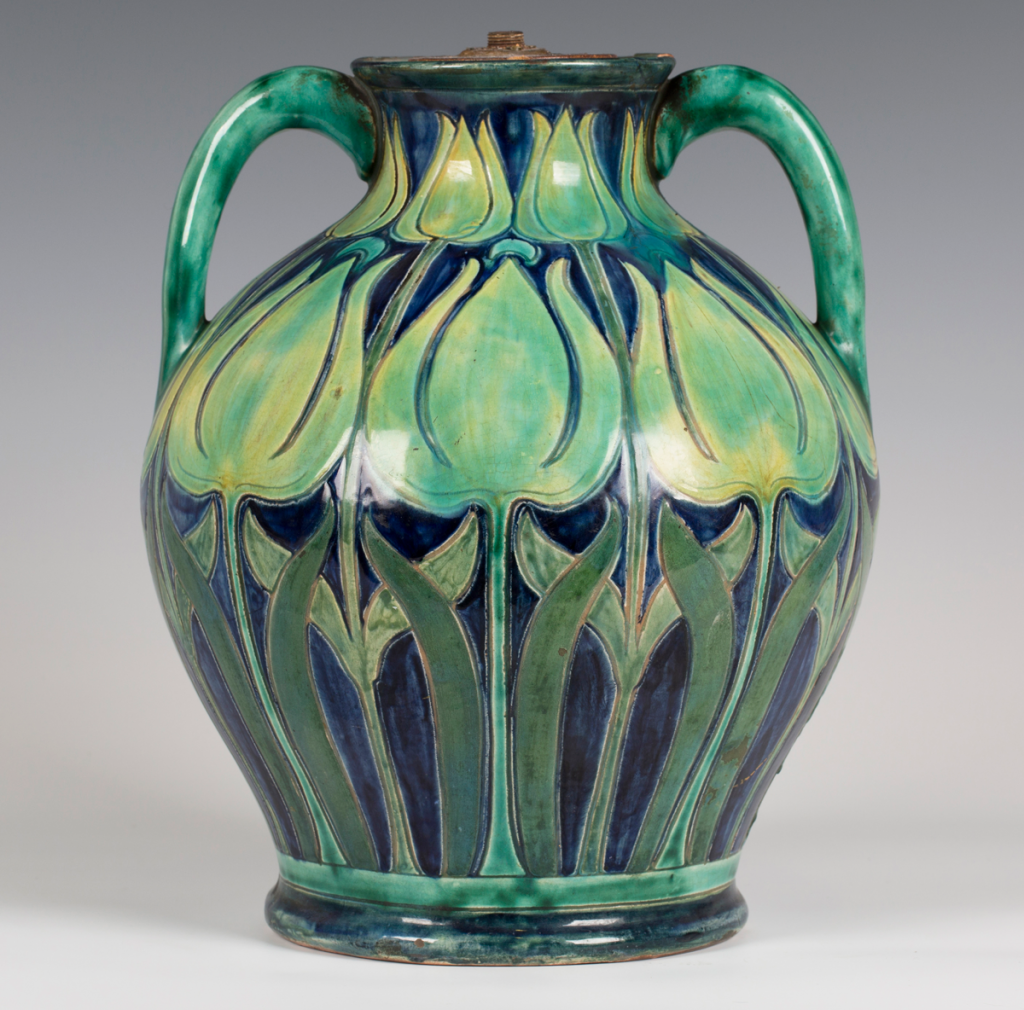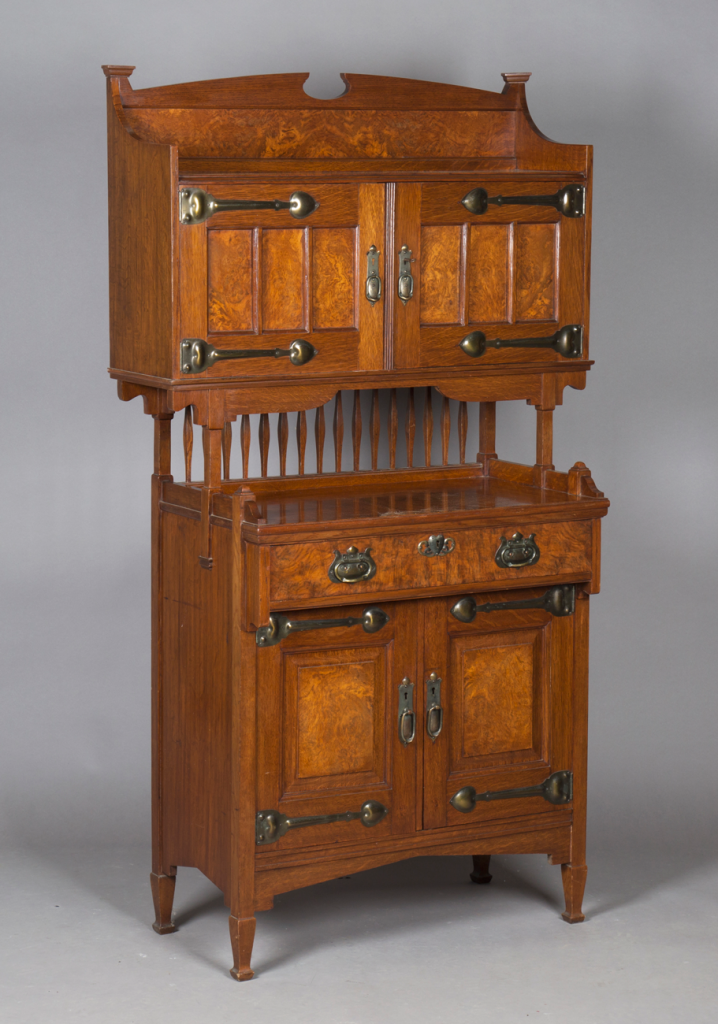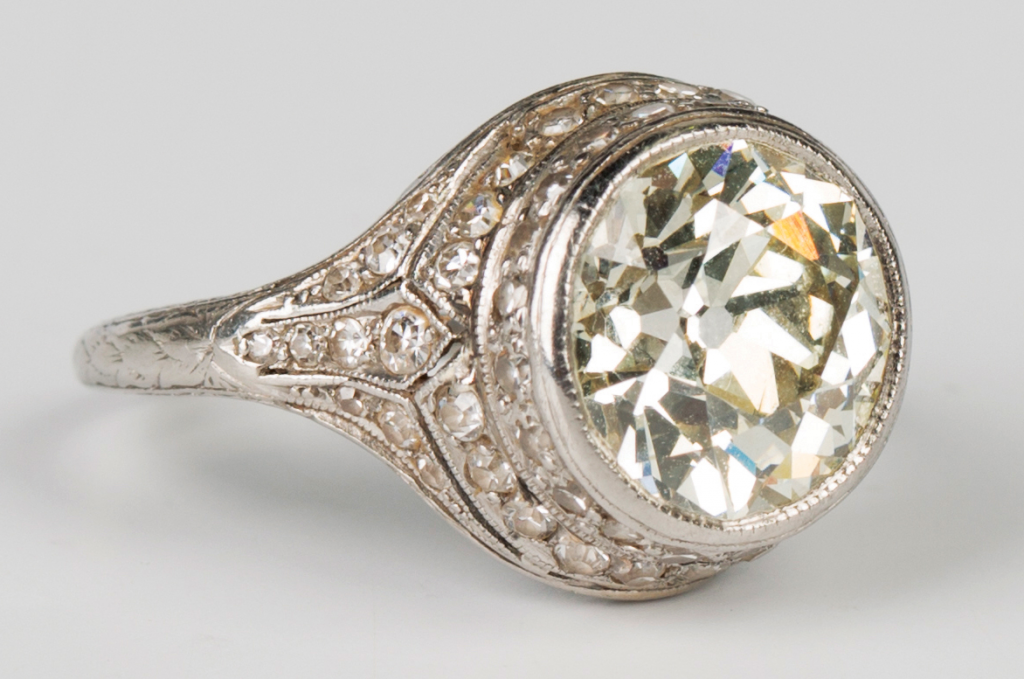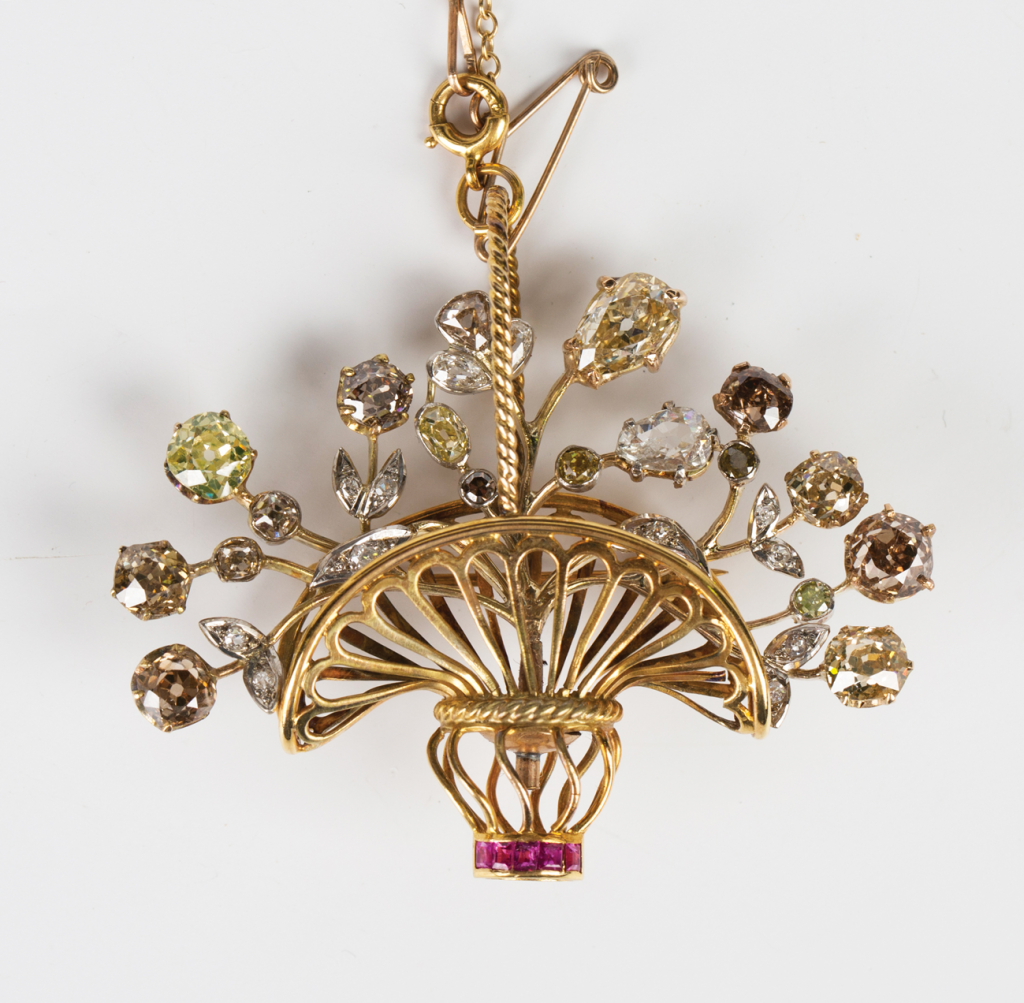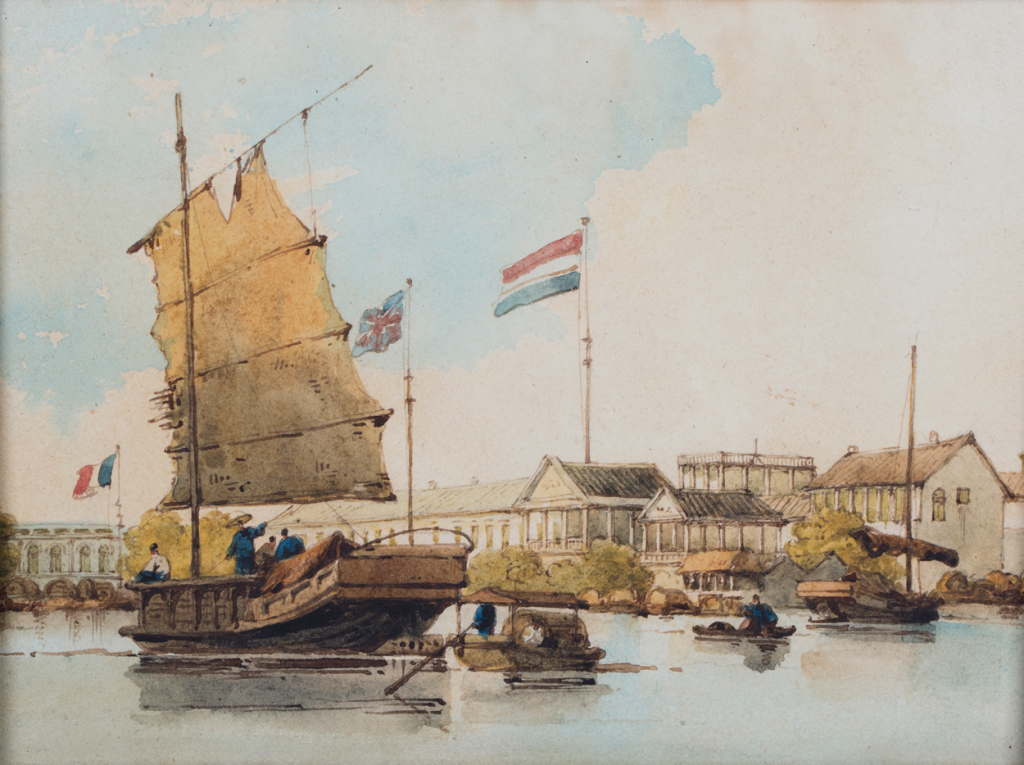
In 1757, during the reign of the Chinese Emperor Qianlong (1735-1795), Canton was the only port left open to foreign trade after all the other Chinese ports were closed.
The Chinese allowed a limited trade area for westerners to be established outside Canton’s city walls under the watchful eyes of the Co-Hong–thirteen Chinese merchants who were responsible to the Emperor. The westerners, described by the Chinese as ‘foreign devils’, were not allowed to travel in China and all their business had to be conducted through these Chinese Merchants. This system would remain unchanged until the 1841 opium war.
Most European countries established trading companies. The British East India Company was formed in 1600 and the Dutch East India Company two years later. The fashion for tea grew throughout the 17th century adding another valuable commodity to the China trade.
European demand for exotic goods in the 18th century led expanded beyond silks and porcelains to include lacquerware, enamels, furnishings, wallpapers, carvings, ivories, watercolours and paintings. By the third-quarter of the 18th century England, Holland, France, Denmark, Sweden, Austria and Spain all occupied hongs at Canton. The small early 19th century watercolour is very much in the style of the artist George Chinnery. It depicts the hongs, also known as factories, which consisted of a front building facing the river with a myriad of buildings connected by courtyards and passages behind them. Westerners’ activities were very restricted. They lived under the constant surveillance of the hong merchants and the Chinese police.
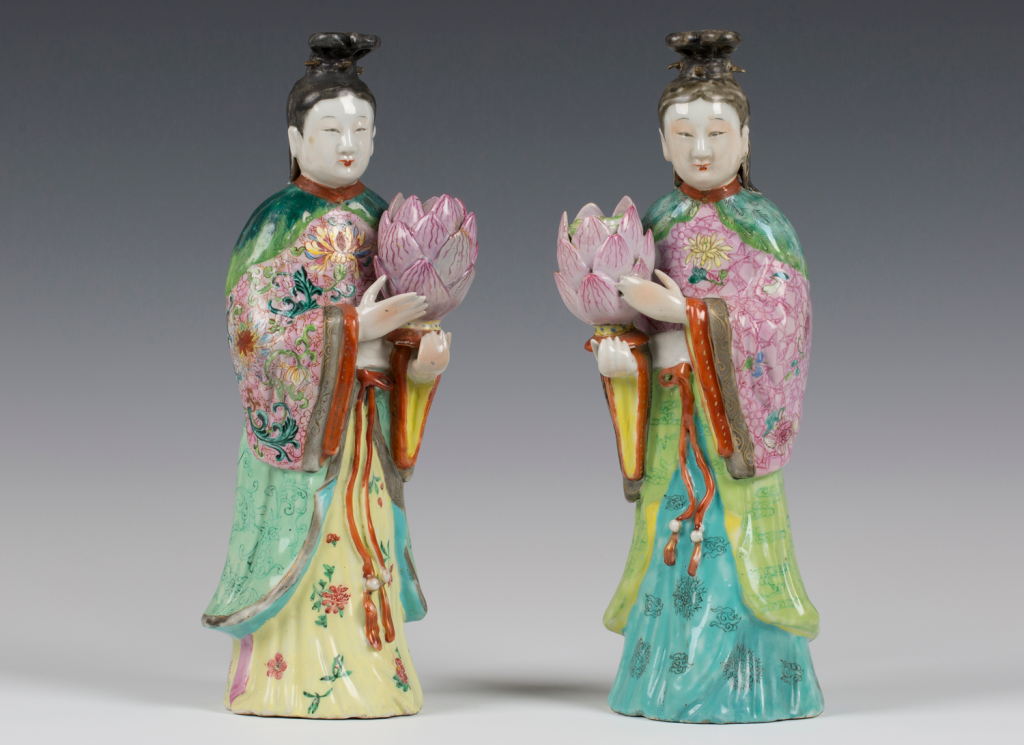
The importance of the Chinese export trade in ceramics cannot be overstated. It is hard for us to imagine the vast quantities of useful and ornamental porcelain imported into Britain and Continental Europe. These pieces would inform western taste. Whole industries were created to reproduce Chinese blue-and-white patterns. Even the humblest pieces of Chinese were well made.
The British East India Company’s China trade imports predominately comprised of bulk lots of blue and white including wares like plates and dishes which could be packed tightly in the hold with the ballast below the waterline. The second category of imports were important to the commercial success of the voyage for the crew and Company. This officially permitted private trade was made up of pieces of far higher quality. They included armorial, crested, figurative and colourful wares of which the Qianlong period pair of Chinese famille rose export porcelain candle holders modelled as ladies are a fine example.
The watercolour and porcelain candle holders were sold at Toovey’s for £7000 and £2700 respectively.
The company took a percentage of the private trade pieces with the remainder being shared amongst the crew. Much of these wares were sold at the Company’s auctions in London.
Finally the valuable and highly profitable tea and silks were stowed above the waterline in these leaky timber ships.
The lucrative China trade continues today as the Chinese compete with British and European collectors to reacquire items they sold to us for export in the 18th and 19th centuries.

